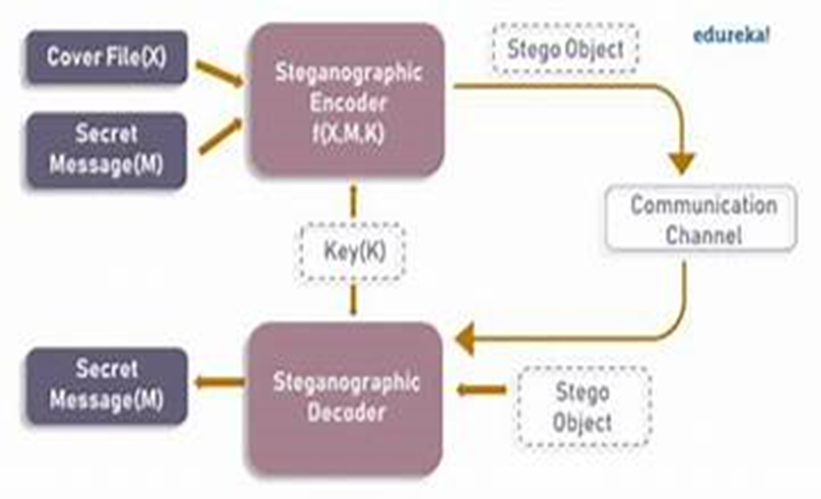Where clause
WHERE Clause In DBMS (Database Management Systems) , the WHERE clause is a conditional filter used in SQL (Structured Query Language) to specify which rows should be returned, updated, or deleted in a query. It plays a critical role in refining the results by applying conditions to the data. Role in DBMS In a relational database management system (RDBMS) , data is organized into tables consisting of rows and columns. The WHERE clause allows users to apply selection operations on this data, which is a fundamental operation in relational algebra —specifically, it represents the σ (sigma) operation, which performs selection based on predicates. Definition of WHERE Clause The WHERE clause is used in SQL statements to filter records that fulfill a specified condition. It is applied in SELECT , UPDATE , DELETE , and other SQL statements. Importance of the WHERE Clause Data Filtering : Ensures only required data is fetched or affected. Eff...

